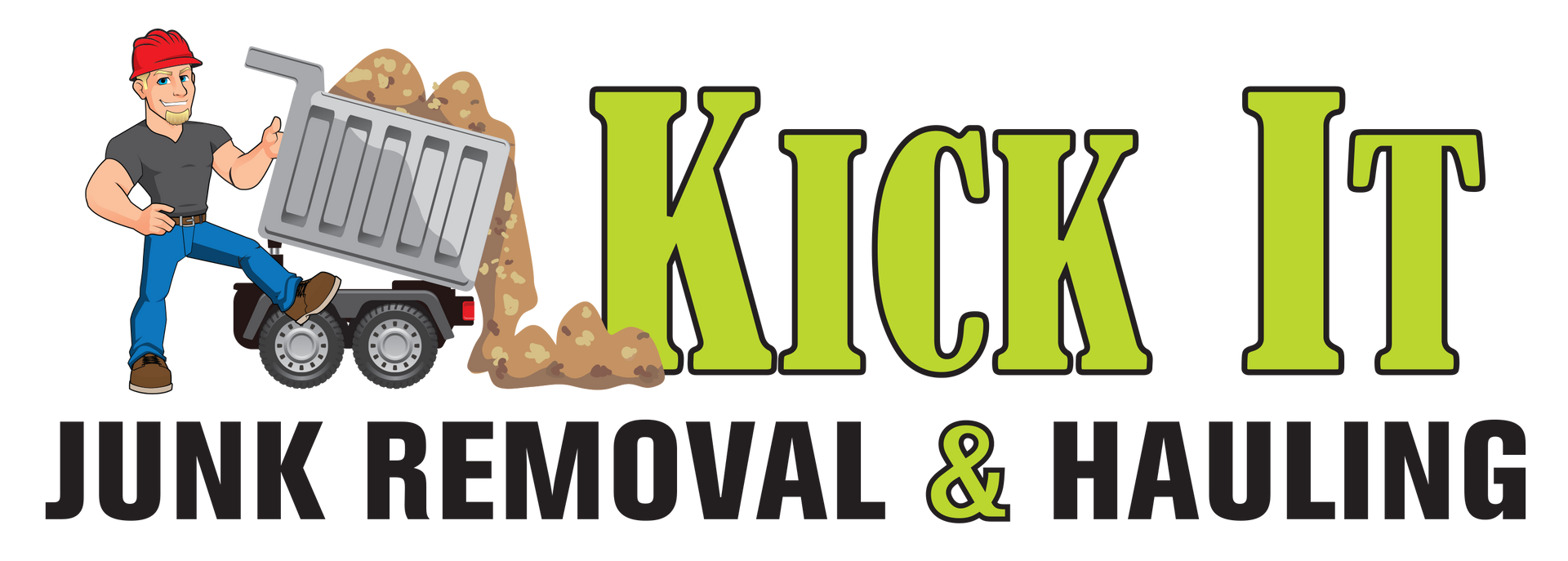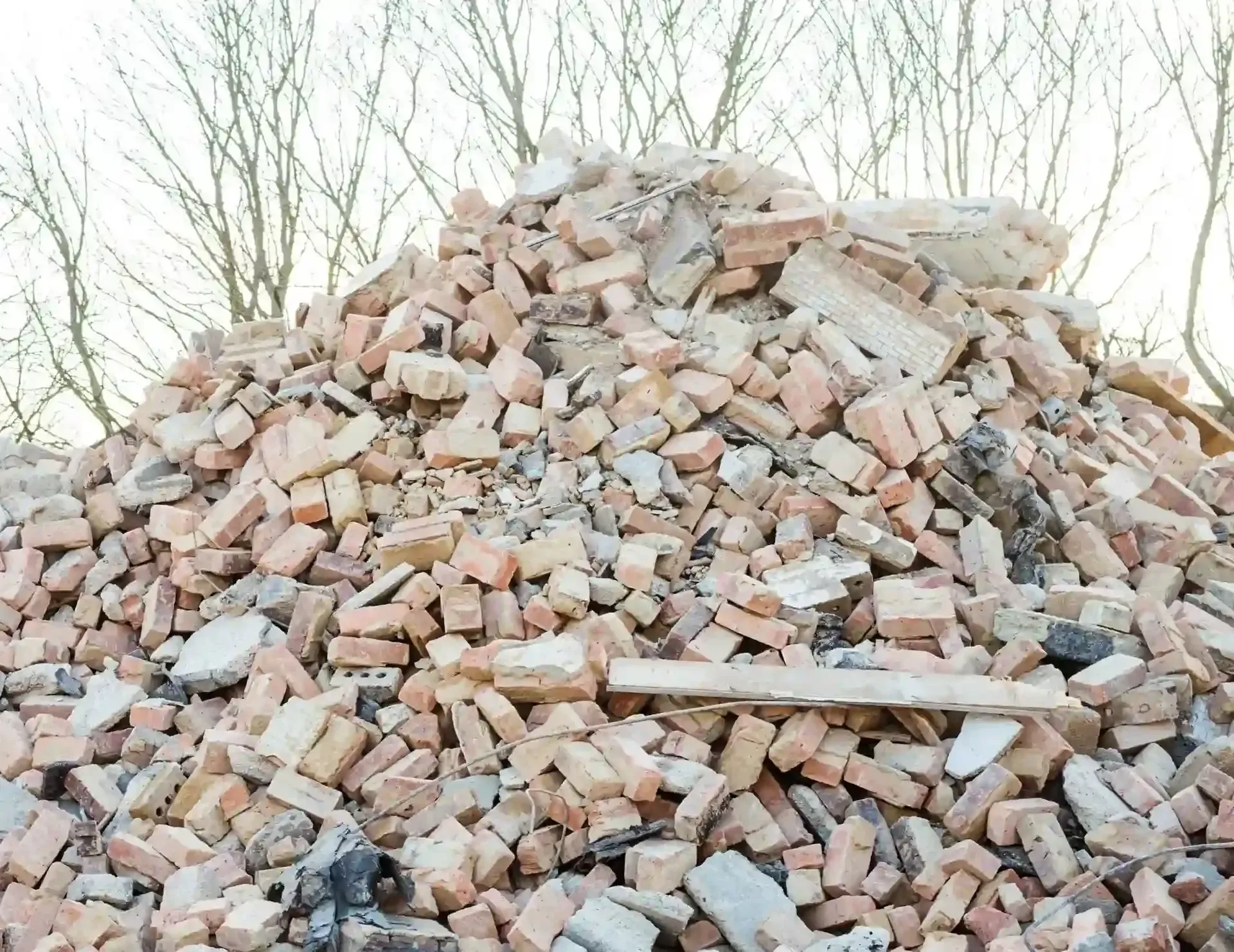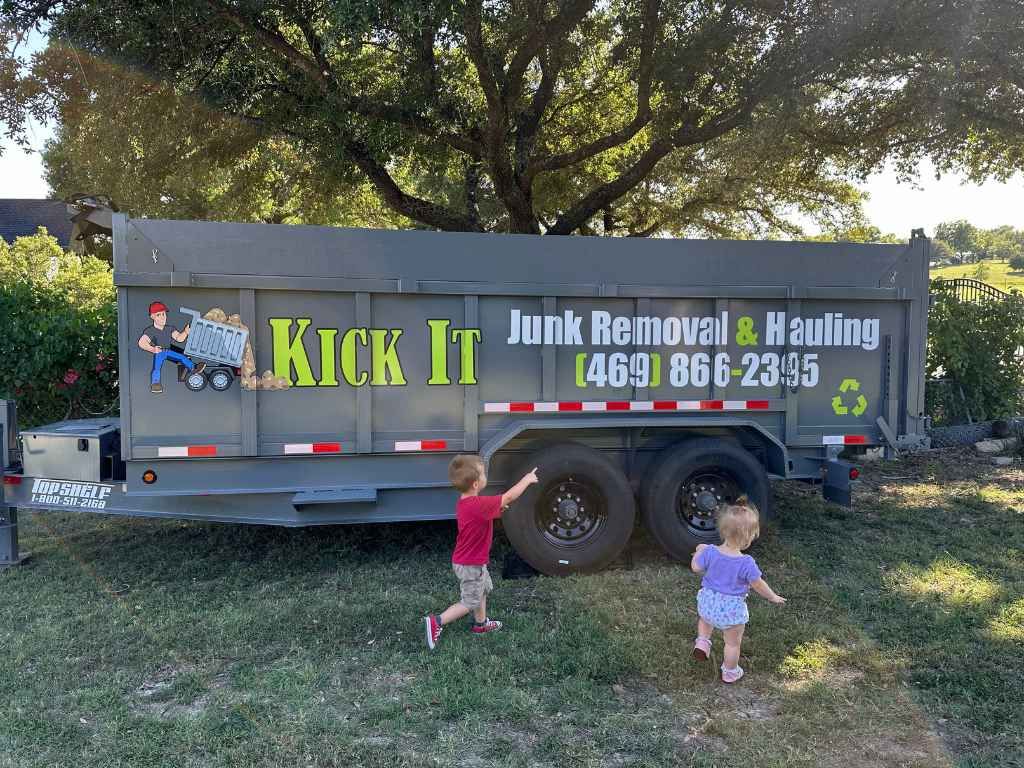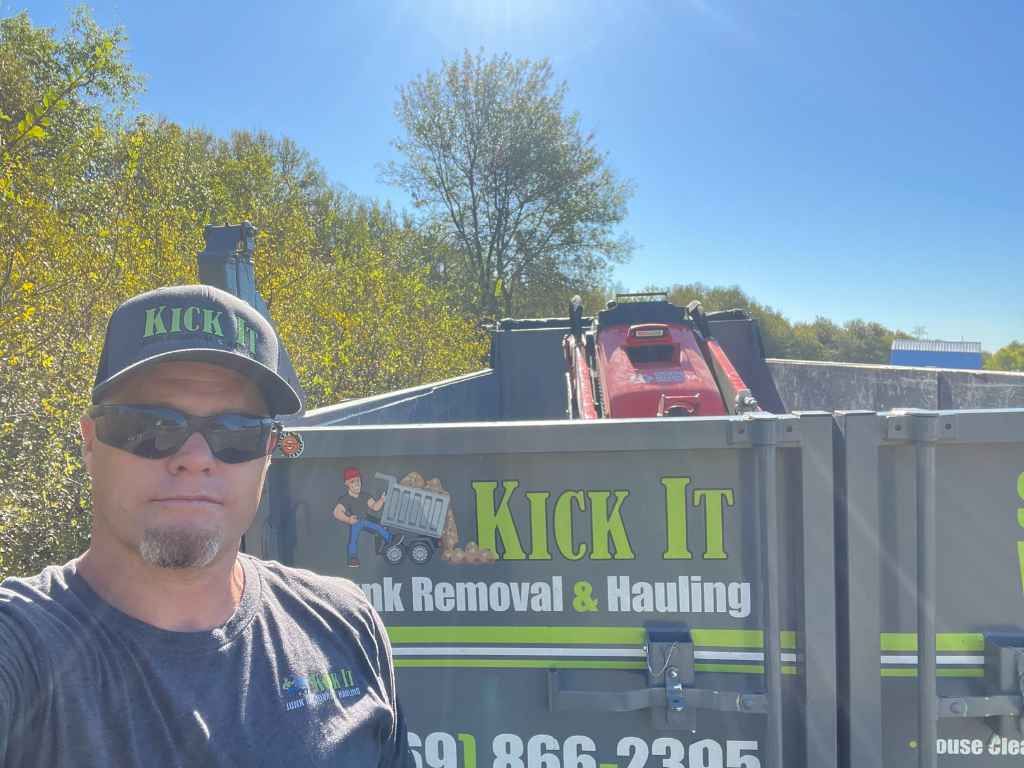Drywall Removal: How to Manage Waste Efficiently
When tackling any renovation or demolition project, drywall removal is often one of the first tasks on the agenda. While it may seem like a simple chore, managing the waste that comes with drywall removal can be trickier than expected. Drywall, while lightweight and easy to cut, generates large volumes of debris that can pile up quickly. In this guide, we'll explore how to handle drywall waste efficiently, ensuring minimal hassle and a clean workspace. From preparation to disposal, we’ll cover the ins and outs of drywall removal waste management to make your project smoother and more environmentally friendly.
The Importance of Efficient Drywall Waste Management
Efficient drywall waste management is not just about clearing debris out of your way. It’s an essential step in maintaining a safe, organized, and environmentally conscious workspace. When drywall is improperly disposed of, it can contribute to overflowing landfills, creating unnecessary environmental impact. On top of that, improperly handled waste can lead to unsafe work conditions, causing potential injury or damage to property.
Taking the time to manage your drywall waste properly not only helps keep your job site neat but also minimizes costs and contributes to sustainable construction practices. Whether you're a DIY enthusiast or a contractor, this guide will help ensure that you’re not just working efficiently but responsibly.
Preparing for Drywall Removal
Before diving into the drywall removal process, it’s important to prepare both your workspace and the tools you’ll need. Efficient waste management starts with setting up the area properly, minimizing confusion and waste accumulation as you work.
Protect Your Space
One of the first steps to take is to protect the surrounding area. Drywall removal can be messy, with dust flying everywhere and chunks of material scattered throughout the room. Use drop cloths or plastic sheeting to cover the floor and
furniture. If working in a multi-room setting, consider taping plastic around doorways and vents to prevent debris from traveling throughout the house.

Choose the Right Tools
To make drywall removal as efficient as possible, equip yourself with the right tools. Typically, you'll need a utility knife to score the drywall, a pry bar to lift the material, and a hammer to help break apart larger sections. For larger projects, a reciprocating saw or drywall saw might come in handy. Ensure that your tools are in good condition to avoid unnecessary delays.
Plan for Waste Storage
Once you begin removing drywall, the waste piles up quickly. It's essential to have a plan for storing and hauling it away efficiently. Use sturdy garbage bags or large waste bins to collect smaller debris. For larger pieces, make sure to have a container or dumpster onsite where you can easily throw larger chunks of drywall.
Drywall Removal Methods and Waste Generation
There are several methods of removing drywall, each generating varying amounts of waste. Your approach can significantly affect how easy or difficult it is to manage the debris. Let’s look at a few common methods:
Manual Drywall Removal
If you're working on a small project or doing some DIY demolition, manually removing drywall is the most straightforward option. Start by scoring the drywall with a utility knife to create neat lines. Then, use a pry bar to pull the drywall away from the studs. Depending on the age and condition of the drywall, you may need to work a bit harder to break the material into manageable pieces.
Mechanical Drywall Removal
For larger, more intensive projects, a mechanical approach may be the way to go. Using a reciprocating saw, drywall removal becomes much faster, especially when dealing with multiple layers or large rooms. However, keep in mind that mechanical tools can create significant amounts of dust and flying debris. Using a saw with a dust collector attachment can help mitigate this.
Be Mindful of Insulation and Wiring When removing drywall, it’s essential to be mindful of what lies behind it. In many cases, drywall will be covering insulation, electrical wiring, or plumbing pipes. Be sure to avoid damaging any of these components as you remove the drywall. If you're removing drywall in areas with these elements, consider working carefully and in smaller sections to minimize damage.
Segregating Drywall Waste from Other Materials
One of the keys to efficient drywall waste management is segregation. Not all debris generated from drywall removal is the same, and sorting it properly can help minimize your environmental impact. It also allows for a more organized cleanup process, saving you time and effort.
Drywall Waste
The most common material generated during drywall removal is, of course, the drywall itself. Drywall is composed of gypsum plaster sandwiched between two layers of paper. This makes it highly recyclable if handled properly. However, it’s important to separate this waste from other materials such as wood, insulation, and metal, as they require different recycling processes.
Other Materials
Aside from the drywall, you might find other materials such as nails, screws, wood framing, and insulation. These materials should be separated for recycling, disposal, or reuse. Metal items like screws or nails can be easily collected and taken to a scrap metal recycling facility. Insulation can often be reused in other areas of the construction project if it's in good condition, but it should be kept separate from the drywall.
Dust and Smaller Debris
Drywall dust is another common byproduct of the removal process, especially if you're scoring and cutting drywall. This fine powder can be easily swept into piles and collected with a broom or vacuum. Make sure to use a high-efficiency particulate air (HEPA) filter vacuum to ensure that the dust doesn’t contaminate the air or surrounding spaces.
Efficient Disposal of Drywall Waste
Once the drywall has been removed and sorted, it’s time to deal with the disposal. Drywall disposal can be more complicated than simply tossing it in the trash, especially when considering the environmental impact. Fortunately, there are several responsible options for handling drywall waste.
Recycling Drywall
Drywall is 100% recyclable, and many recycling facilities will accept it. However, not all recycling centers are equipped to process drywall, so it’s important to do some research. The recycling process involves grinding the drywall into a powder and using it as a soil amendment or as a component in new drywall production. By recycling, you can divert the material from landfills and reduce the environmental impact.
Proper Disposal at Landfills
If recycling isn’t an option, you may need to dispose of drywall at a landfill. However, it's essential to check with the facility to ensure that they accept drywall waste. Some landfills charge extra fees for drywall disposal or may require specific handling procedures. Always make sure that you're complying with local regulations and that the waste is disposed of properly.
Using a Junk Removal Service
For many homeowners or contractors, hiring a professional junk removal service is the easiest and most efficient solution for drywall disposal. Junk removal services like Kick It Junk Removal & Hauling can help remove drywall waste quickly and ensure that it's disposed of in an environmentally responsible manner. Many junk removal companies have partnerships with recycling centers, which means they can ensure your drywall is handled properly.
Preventing Drywall Waste Accumulation During Removal
One of the best ways to manage drywall waste is to prevent it from piling up in the first place. By using strategies to minimize waste, you can save yourself time and effort during the cleanup process. Here are a few tips:
Plan Your Cuts and Removal in Advance
Before beginning drywall removal, take the time to plan your cuts and removal methods. By carefully measuring and scoring your drywall before you begin, you can avoid unnecessary damage and reduce the number of pieces to be disposed of. Cut drywall sheets into manageable sections, so you don’t have to deal with large, heavy chunks.
Use Drop Cloths or Plastic Sheeting
Prevent smaller pieces and dust from spreading across your workspace by using protective coverings. This simple step can go a long way in keeping your cleanup process to a minimum. You can use drop cloths to collect dust and pieces of drywall or install plastic sheeting to prevent debris from traveling throughout the house.
Mastering Drywall Waste Disposal with Expert Management Tips
Efficient drywall waste disposal can significantly streamline your renovation or demolition projects. By preparing your space and using the right tools, you can minimize debris and maintain a cleaner work environment. Whether you choose to recycle, reuse, or dispose of drywall properly, having a strategy in place will make a noticeable difference in the speed and ease of your project. Proper management saves you time and money, contributing to a smoother process from start to finish.
From selecting the right disposal methods to protecting the surrounding areas, every step is important. Many materials from drywall, such as metal fasteners and insulation, can be recycled or reused. Creating an organized waste system not only ensures an eco-friendly project but also reduces the risk of injury and mess. By taking these simple steps, you’ll significantly improve the overall efficiency of your drywall removal and waste management.
Conclusion
Drywall removal, while seemingly simple, can generate a significant amount of waste if not managed correctly. By taking a proactive approach, from careful planning to proper disposal methods, you can efficiently manage your drywall waste. Always be mindful of environmental impact and explore options like recycling to reduce your carbon footprint.
If you need professional help with drywall waste removal in Forney, Texas, Kick It Junk Removal & Hauling can make your project easier. We handle all the heavy lifting and waste disposal so you can focus on what matters most.
Business name: Kick It Junk Removal & Hauling
Location: 14339 Stanley Lane, Forney, Texas 75126, United States
Phone: 469-866-2395
Email: Paul@kickitservices.com











